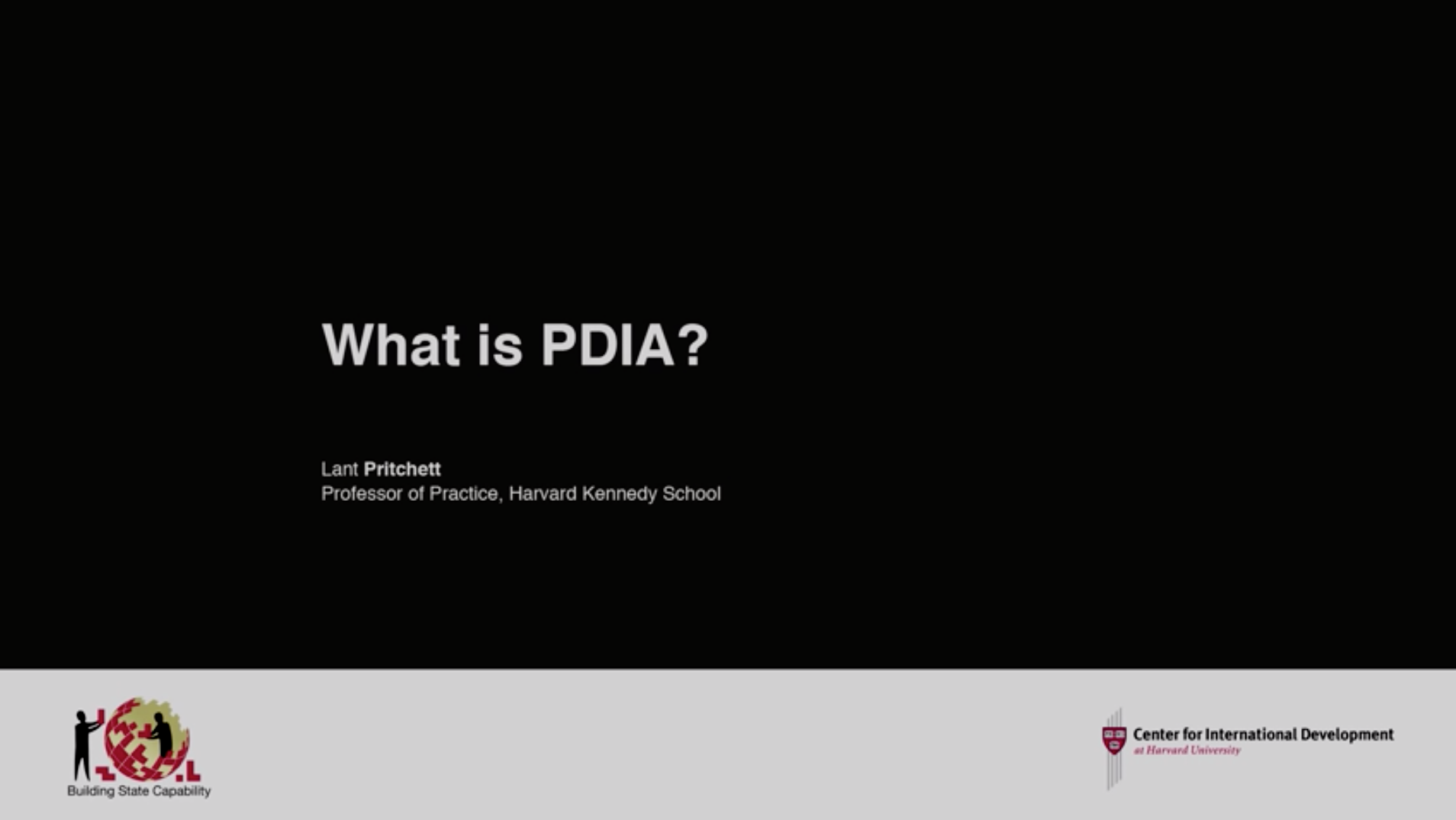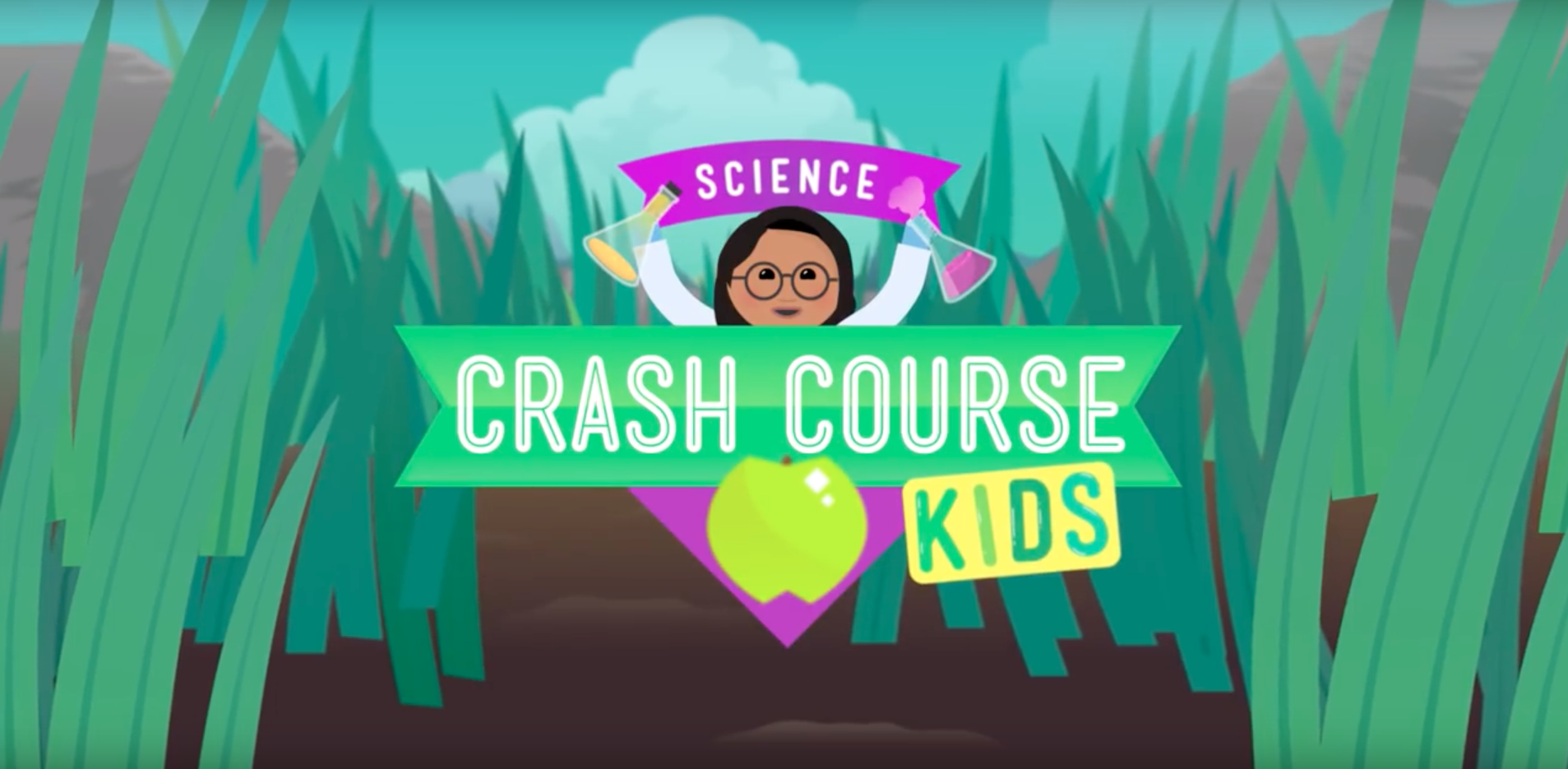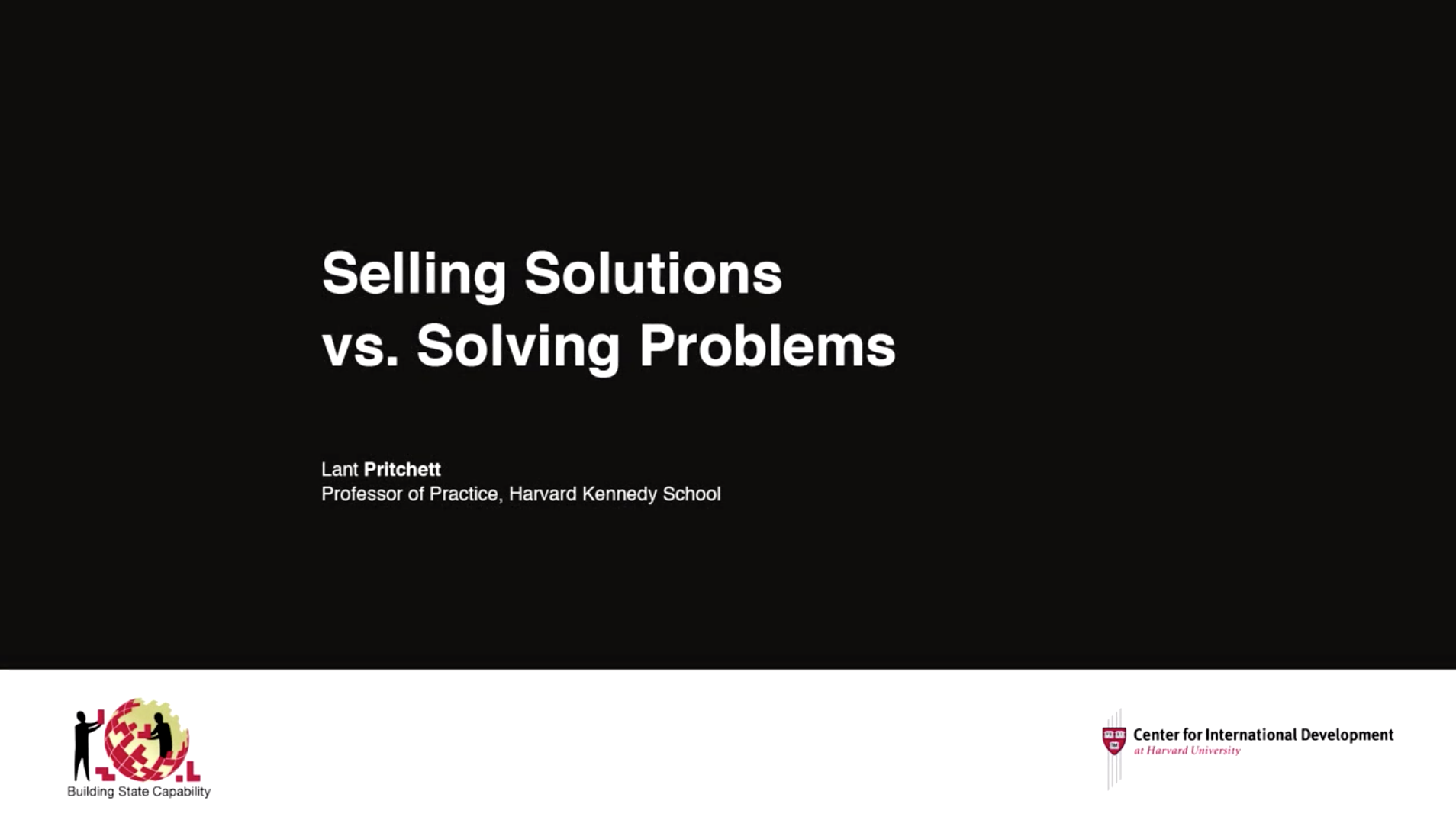Correct! Einstein emphasized the importance of problem solving by saying he would use almost all of his one hour to define a problem.
Unfortunately, that’s not correct. Hint: He recommended that more time be spent on defining the problem.
Correct! Digging deeper to really understand all the dimensions of the problem is the basis for creating sound solutions.
Unfortunately, that’s not correct. Hint: Ask yourself - “what would Einstein do?”
Correct! There’s a risk all of these problems can arise
You're right but there's more to this answer. Please try again!
Unfortunately, that’s not correct. There’s more problems that can arise.
Option 3:Incorrect! When practicing human-centered design, we would first want to research and consider how people experience the problem before we develop a potential solution to test.
Correct! By articulating root causes you are better able to address the problem at its source.
Sorry, that’s not correct. While some solutions might address multiple problems, articulating root causes is focused on better understanding the problem.
You're right but there's more to this answer. Please try again!
Correct! As a guide you should ask “why” at least 5 times to realise a good problem definition statement.
Unfortunately, that’s not correct. There’s an even better question to keep you driving down to the source of the problem.
You're right but there's more to this answer. Please try again!
Correct! Data, research and collaboration can be combined to ensure you understand a problem as it’s experienced by people and to pool resources that can expand the scope of possible responses to it.
Sorry, that’s not correct. Data is vital but there’s more you should think about.
You're right but there's more to this answer. Please try again!
Correct! It;s all about getting clear about the problem you are trying to address and what action you can take with available resources.
Sorry, that’s not correct. Good problem definition can have these characteristics, and can lead you to solutions with these characteristics, but mostly it’s focused on a good description of what could be realistically done with resources you have.
You're right but there's more to this answer. Please try again!
Correct! Thinking about the problem differently - sometimes inspired by talking to and observing the people who experience it - can help you find problem definitions that lead to innovative solutions
Unfortunately, that’s not correct. Hint: Maybe they just needed to think about the problem from another perspective.
You're right but there's more to this answer. Please try again!
Correct! All of these are good things to think about and can help you eliminate problems you can’t respond to effectively and focus on the ones you can.
Sorry - there’s more that you should weigh up when thinking about which problem definition to settle on
You're right but there's more to this answer. Please try again!
Correct! As much as we try we all fall victim to this at times. Testing your problem definition with others can help you avoid this common pitfall.
Sorry, that’s not correct. This is a good temptation to have!
You're right but there's more to this answer. Please try again!




